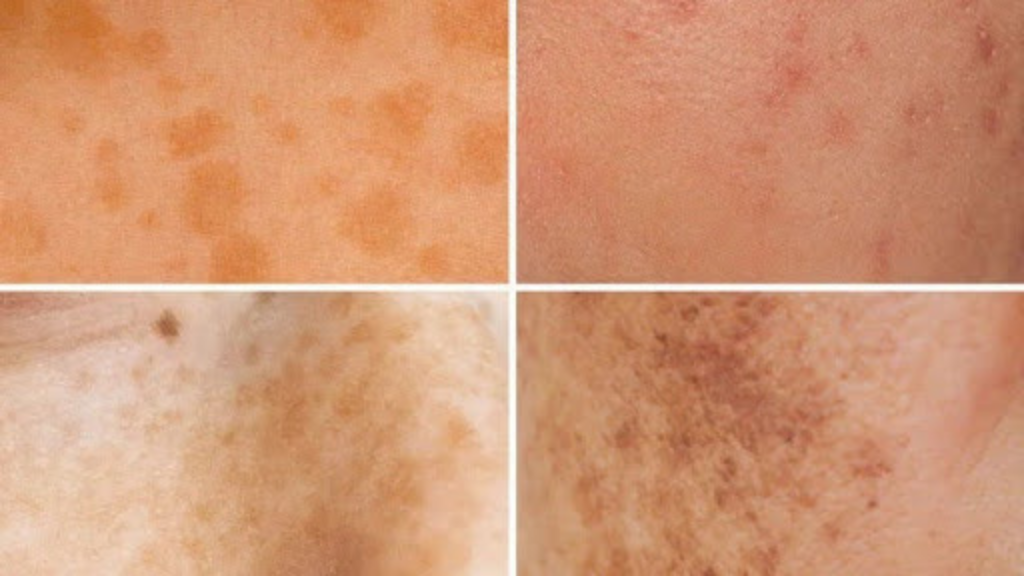
How to Fade Dark Spots and Redness for a Clearer Complexion
Achieving an even, radiant complexion is a meaningful goal in skincare. Yet, many individuals struggle with lingering dark spots and redness that remain long after blemishes have healed. These concerns, post-inflammatory hyperpigmentation (PIH) and post-inflammatory erythema (PIE), are more than cosmetic frustrations; they reflect the skin’s natural healing process. By understanding their biological origins and adopting a targeted routine, you can significantly reduce their appearance and restore clarity to your skin.
Understanding Dark Spots and Red Marks
The first step toward resolution is identifying the type of marks you are experiencing.
Dark Spots (PIH)
- Appearance: Brown or black flat marks.
- Cause: Overproduction of melanin in response to inflammation.
Redness (PIE)
- Appearance: Pink, red, or purplish marks.
- Cause: Damage or dilation of small blood vessels near the skin’s surface.
PIH Explained
When skin experiences inflammation from acne, cuts, or trauma, melanocytes (pigment-producing cells) often become overactive, depositing excess melanin in the affected area. The result is a visible dark spot. PIH occurs across all skin types but is typically more pronounced in deeper skin tones.
PIE Explained
In contrast, PIE arises from inflammation-induced dilation or damage to capillaries just beneath the surface. This vascular response leaves behind red or pink discoloration, which can persist long after the original blemish subsides.
Because PIH and PIE have distinct biological mechanisms, they require different treatment approaches for optimal results.
A Targeted Routine for Dark Spots and Redness
1. Daily Sunscreen Protection
Sunscreen is the single most important step in preventing and treating both PIH and PIE. Ultraviolet radiation stimulates melanin production, deepens discoloration, and prolongs inflammation. Applying a broad-spectrum sunscreen (SPF 30 or higher) every day (even when it’s cloudy) is essential to both protect against new marks and support the fading of existing ones.
2. Treating Dark Spots (PIH)
Fading hyperpigmentation requires ingredients that regulate melanin synthesis and support cell turnover. Vitamin C remains the gold standard. As a potent antioxidant, it neutralizes free radicals, reduces pigment formation, and brightens skin tone. Stabilized forms such as magnesium ascorbyl phosphate are particularly effective. Regular use not only fades dark spots but also supports collagen production, contributing to firmer, healthier-looking skin.
3. Addressing Redness (PIE)
For PIE, focus on calming and hydrating formulations that strengthen the skin barrier and reduce inflammation. Hyaluronic acid, a humectant capable of binding large amounts of water, restores hydration, soothes irritation, and improves the skin’s resilience. Over time, consistent hydration helps reduce visible redness and prevent recurrence.
4. The Role of Exfoliation
Exfoliation accelerates the skin’s natural shedding process, helping to remove pigmented cells and reveal a more even tone.
- Chemical Exfoliation: AHAs (glycolic, lactic acid) refine surface texture, while BHAs (salicylic acid) penetrate deeper into pores, targeting acne-related pigmentation.
- Physical Exfoliation: Gentle scrubs or brushes can help, but excessive abrasion can worsen marks, especially for sensitive or deeper skin tones.
Always pair exfoliation with a moisturizer and sunscreen, as freshly exfoliated skin is more vulnerable to irritation and sun damage.
Frequently Asked Questions
How long does it take to see results?
Noticeable improvements typically appear within 6–12 weeks of consistent care. Older or more stubborn spots may require several months.
Can I use multiple active ingredients together?
Yes, but introduce them gradually. Apply serums after cleansing, followed by moisturizer and sunscreen in the morning. Observe how your skin responds before layering additional actives.
Are Niacinamide and Retinol effective?
Yes. Niacinamide reduces inflammation and improves tone, while Retinol accelerates cell turnover. Use them strategically—one in the morning, the other at night—to minimize irritation.
What should I avoid?
Avoid harsh physical scrubs, over-exfoliation, and products with high alcohol content or strong fragrances, all of which can exacerbate irritation and delay healing.
Does this routine suit all skin types?
Yes, with adjustments. While the core principles—sun protection, targeted treatment, hydration, and gentle exfoliation—apply broadly, individuals with sensitive skin should patch-test and introduce actives slowly.
The Path Forward
Reducing the appearance of PIH and PIE requires consistency, patience, and a science-backed approach. By prioritizing sun protection, selecting targeted ingredients, and treating the skin with care, you can gradually restore balance and reveal a clearer, healthier complexion.

